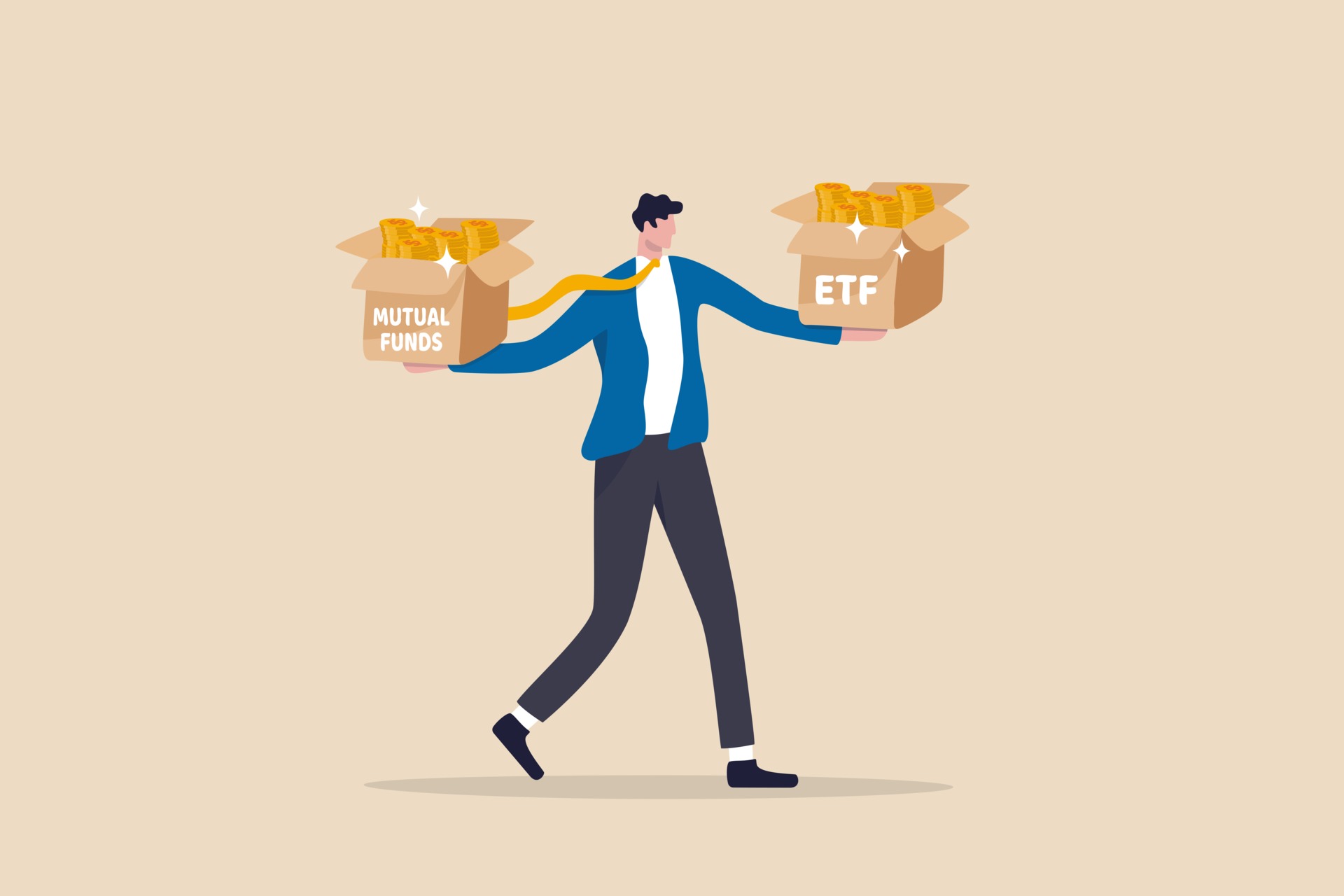
What Is a Closed-End Fund?
A closed-end fund is a portfolio of pooled assets that raises a fixed amount of capital through an initial public offering (IPO) and then lists shares for trade on a stock exchange. Like a mutual fund, a closed-end fund has a professional manager overseeing the portfolio and actively buying and selling holding assets. Similar to an exchange-traded fund, it trades like equity, as its price fluctuates throughout the trading day.
However, the closed-end fund is unique in that, after its IPO, the fund’s parent company issues no additional shares, and the fund itself won’t redeem—buy back—shares. Instead, like individual stock shares, the fund can only be bought or sold on the secondary market by investors. Other names for a closed-end fund include the “closed-end investment” and “closed-end mutual fund.”
1. How a Closed-End Fund Works
While a closed-end fund has several unique characteristics that distinguish it from an open-end fund, such as a mutual fund or exchange-traded fund (ETF), it also shares several similarities with those two securities. Both closed-end funds and open-end funds are run by an investment advisor, through a management team that trades the portfolio. Both also charge an annual expense ratio and can make income and capital gain distributions to shareholders.
A closed-end fund is organized as a publicly traded investment company, and both it and its portfolio manager need a Securities and Exchange Commission (SEC) registration. It tends to be actively managed unlike most ETFs or index mutual funds, and its portfolio of securities typically concentrates on a specific industry, geographic market, or market sector.
2. How Closed-End Funds Differ
However, closed-end funds differ from open-ended funds in fundamental ways. A closed-end fund raises a prescribed amount of capital only once, through an IPO, by issuing a fixed number of shares, purchased by investors. After all the shares sell the offering is “closed”—hence, the name. No new investment capital flows into the fund. Mutual funds and exchange-traded funds constantly accept new investor dollars, issuing additional shares, and redeeming—or buying back—shares from shareholders who wish to sell. A closed-end funds list on stock exchanges where their shares trade just like stocks with share price movements throughout the trading day.
This listing activity contrasts with open-end mutual funds, which price shares only once, at the end of the trading day. While the open-end fund’s share price is based on the net asset value (NAV) of the portfolio, the stock price of a closed-end fund fluctuates according to market forces. These forces include supply and demand, as well as the changing values of the securities in the fund’s holdings. Because they trade exclusively in the secondary market, closed-end funds also require a brokerage account to buy and sell. An open-end fund can often be purchased directly through the fund’s sponsoring investment company.
3. Closed-End Funds and Net Asset Value
One of the unique features of a closed-end fund is how it is priced. The NAV of the fund is calculated regularly. However, the price that it trades for on the exchange is determined entirely by supply and demand. This investor demand can lead to a closed-end fund trading at a premium or a discount to its NAV. A premium price means the price of a share is above the NAV, while a discount is the opposite, below NAV, value.
Closed-end funds can trade at premiums and discounts for several reasons. They may be focused on a popular sector and reflect the sentiment of that sector. These funds may also trade at a premium if a historically successful stock picker manages the fund. Conversely, a lack of investor demand or a poor risk and return profile for the fund can lead to it trading at a discount to its NAV. Sometimes if any one start their new business accordingly and for that they required project report for bank loan or on that project report they can get subsidy project report and subsidy DPR or they even get Sample project report for Subsidy and for that first of all they need to know How to Prepare Project report for Subsidy or Business Project Report for Subsidy. Or they can download CMA for free and can use CMA DIY tool, CMA online preparation tool etc. and with help of loanDPR.com they can get easily project report for their big project like Project Report for Industries, Project Report in entrepreneurship, Company Project Report, etc. or they can get Mudra Loan Project Report as well.
LoanDPR.com is an online platform for generating Project Reports to get bank loans and even project reports for subsidy. Whether you are a New Start-up Company or an Established Company, user can create Project Report required for bank loan and also required CMA reports. It’s User Friendly and Do it by Yourself Platform, created for End Users, Entrepreneurs, Business Owners, Chartered Accountants, Tax Consultants, Finance Professionals, Bank Employees etc. You can generate Business Project Report for Bank Loan and also prepaid Project Report in just 10 minutes by using user interface provided by LoanDPR.com
For any assistance or more information feel free to contact us at contact@LoanDPR.com or at WhatsApp no. +91-8459973683 or +91-8459941735


 Total Visitors : 5746
Total Visitors : 5746 Total views : 12623
Total views : 12623